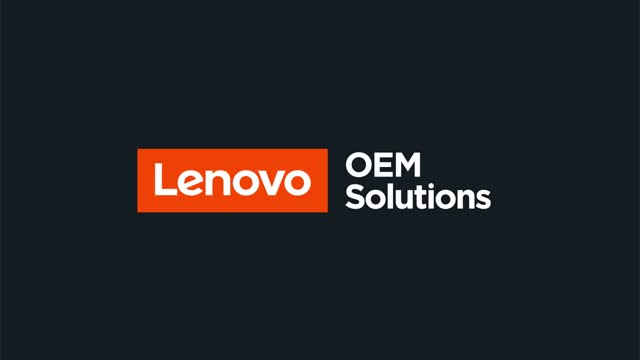Businesses need efficiency, scalability, and cost optimization to stay ahead. An OEM (Original Equipment Manufacturer) solution is crucial in streamlining supply chains by reducing operational complexity and improving product quality. By partnering with an OEM provider, companies can focus on innovation while leveraging specialized manufacturing expertise.
Here are eight powerful ways OEM solutions can optimize your supply chain and drive long-term success:
1. Reduced Manufacturing Costs Through Economies of Scale
OEM providers specialize in mass production, allowing businesses to benefit from bulk purchasing, lower material costs, and streamlined assembly processes. Instead of investing in expensive in-house manufacturing setups, companies can outsource production to OEM solutions, significantly cutting operational expenses.
This cost efficiency extends to labor, raw materials, and equipment, making it easier to maintain profitability while offering competitive pricing.
2. Faster Time-to-Market with Expert Production Processes
Speed is a major factor in gaining a market advantage. OEM solutions ensure rapid production cycles by leveraging well-established manufacturing workflows, automated processes, and skilled labor.
With OEM partnerships, businesses can eliminate delays caused by in-house production bottlenecks, allowing them to launch new products quickly and stay ahead of competitors.
3. Enhanced Product Quality with Advanced Technology
OEMs invest in cutting-edge technology, quality control, and testing protocols to meet industry standards. By collaborating with a specialized OEM provider, businesses can ensure their products are built to high-quality specifications, reducing defects and returns.
Additionally, OEM manufacturers often incorporate innovation-driven improvements, helping businesses keep up with evolving customer expectations and market trends.
4. Lower Inventory Risks with Just-in-Time Production
Managing inventory is a challenge for many businesses. OEM solutions help minimize excess inventory through Just-in-Time (JIT) production models, where products are manufactured based on real-time demand.
This approach reduces storage costs, minimizes waste, and ensures better cash flow management, making the supply chain more agile and responsive to market changes.
5. Greater Flexibility to Scale Operations
OEM solutions allow businesses to scale up or down without worrying about factory expansion, workforce management, or equipment upgrades. As market demand fluctuates, companies can adjust production volumes effortlessly, ensuring optimal resource utilization.
This flexibility is especially beneficial for seasonal businesses or industries with rapidly changing consumer preferences, allowing them to adapt efficiently to new trends.
6. Streamlined Supplier Management and Fewer Vendor Relationships
Dealing with multiple suppliers for raw materials, parts, and components can be complex and time-consuming. OEM solutions simplify this by consolidating supply chain operations under a single manufacturing partner.
This reduces the burden of supplier negotiations, contract management, and quality control checks, allowing businesses to focus on core competencies like marketing, sales, and customer service.
7. Improved Compliance and Regulatory Adherence
Manufacturing industries are subject to strict regulatory requirements and compliance standards. OEM providers ensure that all products meet safety, environmental, and industry regulations, eliminating the risk of penalties and recalls.
By leveraging OEM expertise, businesses can reduce legal risks, ensure global compliance, and maintain brand reputation without the hassle of managing complex regulatory processes.
8. Increased Focus on Innovation and Core Business Growth
By outsourcing manufacturing to an OEM provider, businesses can redirect resources toward innovation, research, and strategic expansion. Instead of managing production logistics, companies can invest in product development, branding, and customer engagement, ensuring long-term growth.
This shift allows businesses to stay competitive, introduce new product lines, and explore emerging markets without being burdened by production complexities.
Conclusion
An OEM solution is more than a cost-saving strategy—it’s a game-changer for supply chain optimization. From reducing manufacturing expenses to enhancing product quality, scaling operations, and ensuring compliance, OEM solutions offer businesses a smoother, faster, and more efficient path to market success.
By leveraging OEM expertise, companies can build a resilient and flexible supply chain, allowing them to focus on innovation and growth while maintaining a competitive edge. If you want to enhance efficiency, cut costs, and improve product reliability, an OEM solution might be the key to transforming your supply chain.



